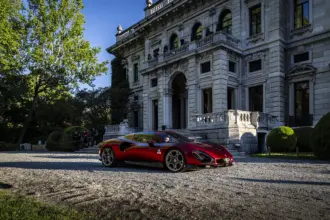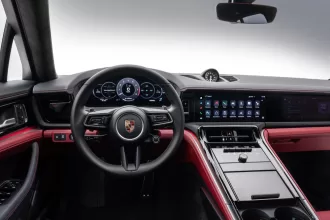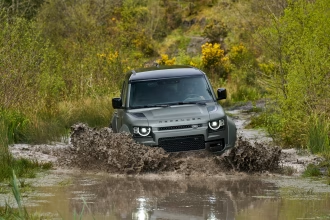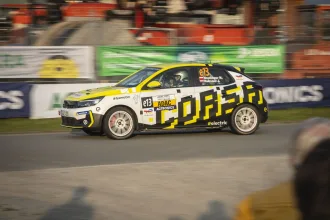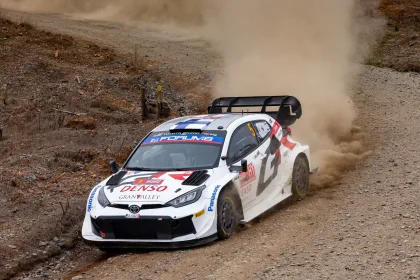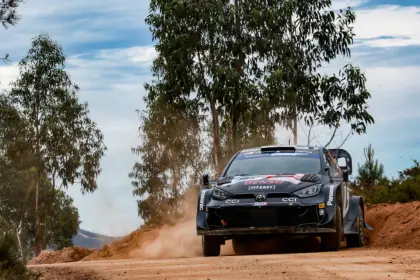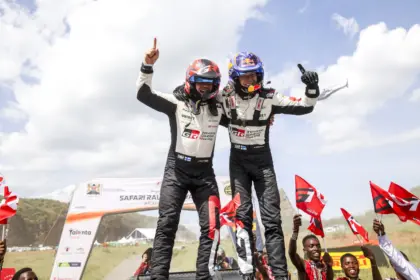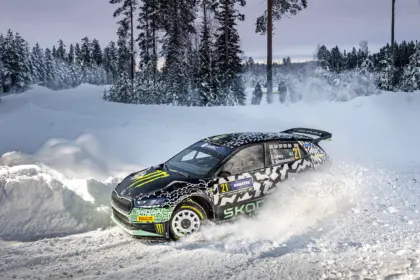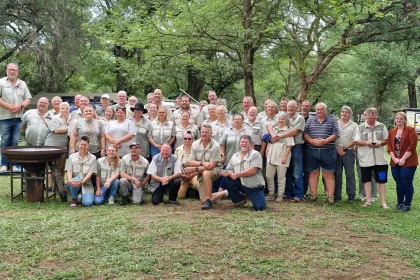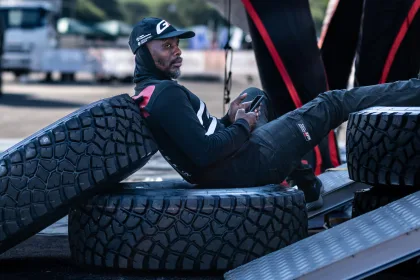Marking its 70th anniversary this year, the Safari is known as one of rallying’s toughest challenges and made a welcome comeback to the FIA World Rally Championship calendar in 2021. TGR-WRT has won both editions held since – doing so in style last year with an incredible 1-2-3-4 finish that also secured a record-extending 10th victory for Toyota on the event.
All four drivers who played a part in that historic result return this year. Reigning world champion Kalle Rovanperä (who leads the current standings by 25 points) took victory last year ahead of Elfyn Evans, and they are joined by 2021 winner Sébastien Ogier to form the team’s manufacturer line-up. Takamoto Katsuta, who claimed his first WRC podium finishes in Kenya in ’21 and ’22, drives an additional GR YARIS Rally1 HYBRID with the support of the TGR WRC Challenge Program.
While the Safari used to be held over incredibly long stages on roads that were still open to the public, it now features a format similar to other modern WRC rounds, but still poses many unique challenges of its own. Some sections of the gravel stages are extremely rough and rocky, while others consisting of soft sand can be just as hard to navigate. Rain can also dramatically change the conditions, and turn a dry and dusty surface into deep mud in an instant.
The rally route is similar to last year, with shakedown taking place on Wednesday before the event begins from the Kenyan capital of Nairobi on Thursday lunchtime. The nearby Kasarani super special stage then kick-starts the competitive action. Friday is based around Lake Naivasha, around 100 kilometres north-west of Nairobi and where the service park is also located; an anti-clockwise loop of three stages around the lake will be run twice either side of mid-day service. Saturday is the longest day of the rally, taking crews north to Lake Elmenteita for another trio of repeated tests. On Sunday there are two more loops of three stages around Lake Naivasha, starting with a reworked version of the Malewa test last run in 2021 and ending with Hell’s Gate, which hosts the rally-ending Power Stage. A total of 355.92 competitive kilometres will be driven across the weekend.
A concept car, the Hilux MHEV, will be also driven as a test car in Kenya. The goal is to demonstrate and offer options for achieving carbon neutrality in markets like the African continent with underdeveloped infrastructure. Juha Kankkunen, the Toyota rally legend and three-time Safari Rally winner, will be behind the wheel.

